Safely Navigating your Training Load.
An Athlete’s training load is and always has been a hot and debateable topic. In order to improve sporting performance, we need to be training our physiological systems and stimulating adaptations. By appropriately training, we can stimulate aerobic, cardiovascular and muscular adaptations to benefit our endurance, speed, strength and power performances.
However, if we train too excessively, we can increase our risk of injury and illness and can actually cause maladaptation (a reversal of the adaptations we stimulated) and a reduction in training and competition performance. These maladaptation’s depending on the overtraining state you have developed into, can last from weeks to years.
On the other hand, training insufficiently can prevent us from stimulated adaptations and achieving the performance level that was intended.
So…. How can you ensure you are training appropriately?
By regularly monitoring and assessing your training loads.
This unfortunately is more complicated than it sounds.
It would be very simple to say “track your weekly distance run and keep progressing by 10% every week”, but it isn’t as easy as that.
Tracking your weekly distance, load lifted in the gym, or an external load parameter such as these, represent an external load. Whilst these are easiest to measure, they do not necessarily align with physiological adaptation stimulation. Internal load, or how hard your physiological systems were worked during the training session, is what dictates physiological adaptation. Two athletes can run the exact same session, but the athlete who found the session to be harder is likely the athlete who actually gains the most in terms of physiological adaptation from the session.
Alongside internal and external load that we need to consider, we also have physiological and biomechanical categories of load that need to be accounted for.
When we train, not only are we putting stress on our cardiovascular system, but also on our musculoskeletal system – bones, muscles, tendons and ligaments. This mechanical stress placed on our musculoskeletal system also corresponds with further structural and functional adaptations.
It is also known that our cardiovascular and musculoskeletal systems require different adaptation timelines, with our cardiovascular system typically being able to adapt and be ready for another training session prior to when our muscular system may be ready to undergo another session safely.
So, how can you measure your training load and progress your load appropriately?
To measure our external load, we can measure distance, duration, speed, weight, reps etc. Any measure of how much you completed will be a measure of external load.
Internal load can be measured via rate of perceived exertion (RPE), heart rate and blood lactate to name a few.
In terms of splitting between physiological and biomechanical loads, it can be difficult. You need to pick a metric that more clearly reflects that type of load, with physiological representing your breathing and heart stress, and biomechanical load representing your muscular and bone stress.
Now in terms of progressing your load appropriately, the load increase % each week depends on the type of chronic (or long term) load you have accumulated. If you have been training consistently for a long term and have developed a high training load, or conversely you are just getting back into training, lower percentage increases in training load are recommended to ensure you are stressing your physiological systems in a safe manner. However, if you are currently training at a moderately low to high chronic training load, training load increases of 20-30% may be appropriate to stimulate further physiological adaptations. To summarise, very high/low loads are recommended to aim for 10% increases in load, whereas all other athletes may be aiming for a 20-30% weekly increase to maintain physiological progression.
This may be a lot to take in, but this is a team effort and we are here to help. Sport scientist's complete tertiary study and research to comprehend all the components that encompass training load monitoring. If you are feeling overwhelmed and believe you would benefit from a sport scientist monitoring your training loads to ensure you are on track to achieving your performance goals, enquire with us today regarding our sport science monitoring services within our Athlete Development Program.
By Karla Bulte

